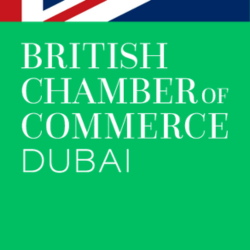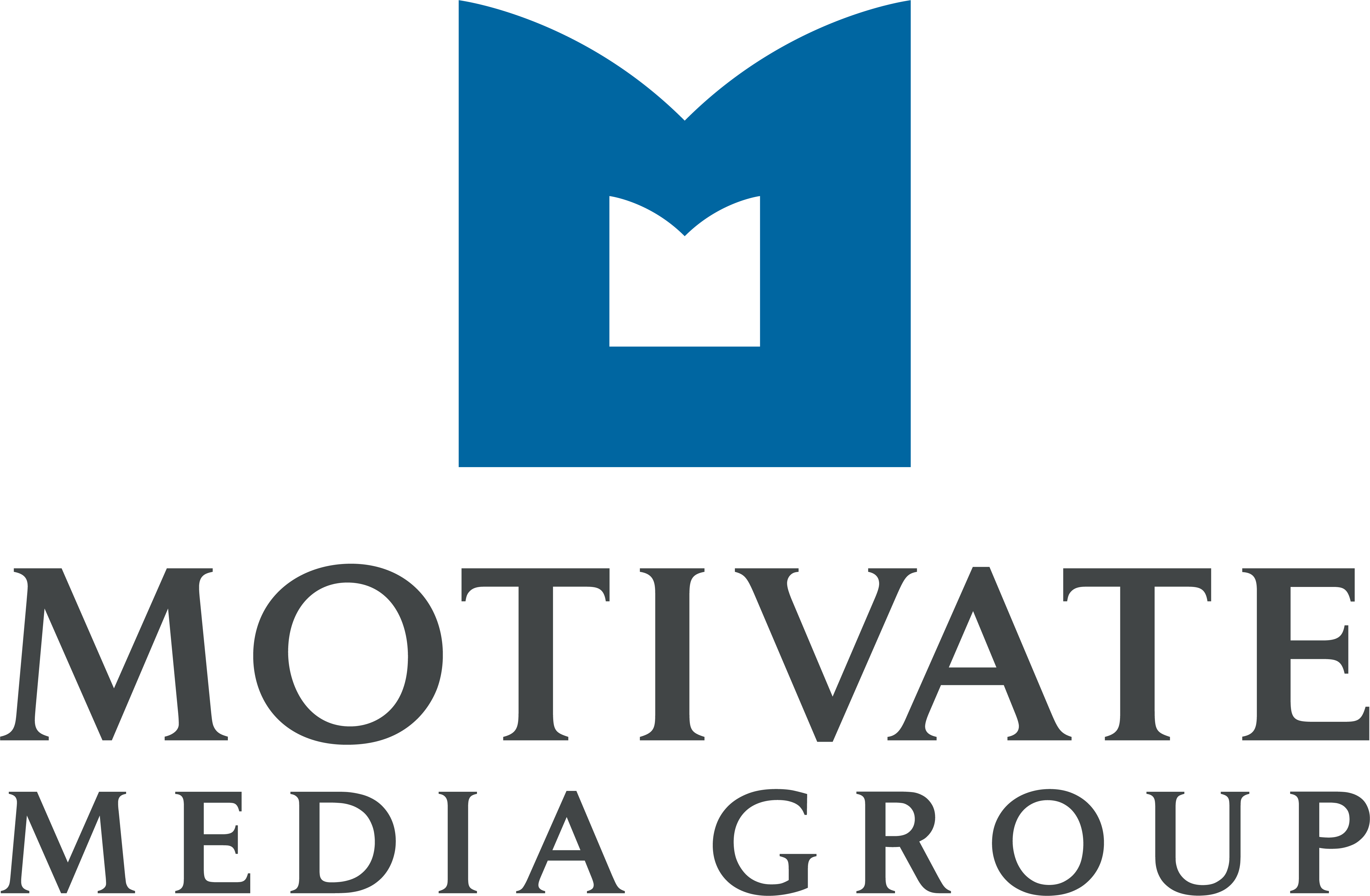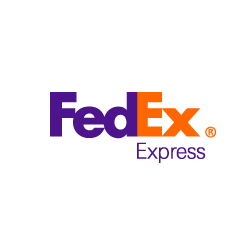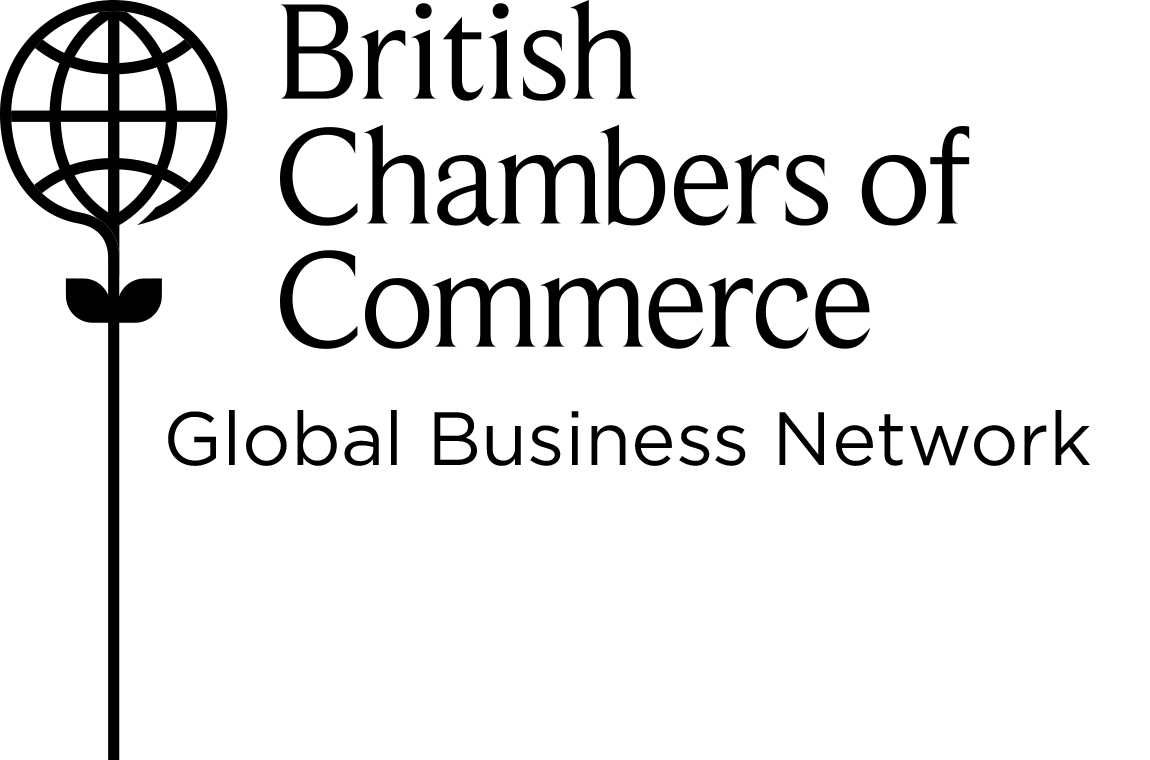How to reduce your fixed costs with BBG's Director of Finance Andrew Robinson
Date Posted:Wed, 1st Apr 2020

Andrew Robinson, FCA, AMCT, BFP, Director of Finance for the British Business Group, Dubai and the Northern Emirates shares best practice and practical steps on how to reduce business costs.
Are you looking to grow your business’s bottom line? One of the easiest ways to achieve this is to reduce your fixed costs. I’ll explain what these are and provide some suggestions to how to manage and reduce some common types of fixed costs.
You can only manage what you measure!
The first step is to measure what you are spending. You can use simple accounting software to record your costs and review these regularly.
What are “Fixed Costs”?
Fixed costs are those that do not significantly vary with the level of business activity or revenue. For example, if you are an art studio your fixed costs may be rent, salaries of the staff paid monthly, electricity, insurance, etc. and these costs don’t change much regardless of how busy the studio.
Do you have to spend money to make money? Yes, but the problem with fixed costs is that they can have a nasty habit of increasing when times are good, and it can sometimes take years for the profits to materialize.
Zero-based budgeting
When looking at reducing fixed costs, I propose you use the zero-based budgeting approach. This means that each expense item has to justify itself as being necessary to the business for each period. If it is not necessary, then it can be cut.
It is not a problem if you cut too much as you can always add back these costs later if you find they really are necessary.
Recommended approach
Focus should be on the largest costs first, and then those that are easiest to cut. Do not use an across the board approach of say, reducing all costs by 15%, as this will hurt the business if it is dependent upon some types of costs.
With every fixed cost, I recommend that you look separately at the quantity involved, price you pay and then the unused waste.
Tips to reduce fixed costs
Here are some specific ways in which fixed costs can be reduced:
1. Employee costs
To reduce employee costs the options to consider, include:
- Reducing the number of people who are employed. You can do this by making someone redundant, dismissing them or by not filling a vacancy when an employee leaves of their own accord.
- Replace people who leave by recruiting at a lower level of experience and pay.
- Negotiate a reduction in pay levels, using the new regulations in the UAE.
- Recruit freelancers and independent contractors. They are often easier to hire and cheaper to keep employed than traditional employees. You only need to pay them for completed work.
- Try recruiting through word of mouth and services like LinkedIn before taking on the costs and fees of a recruitment consultant.
- If staffing certain activities is costly and stressful then outsourcing can be an option.
In a not for profit organization I support, we actively utilise interns as part of our business team, which results in far lower operating cost and opens our eyes to new ideas from young residents.
As well as the staff salaries also consider reducing the cost of other staff benefits and perks, such as:
- Use a broker for healthcare coverage to consider coverage levels and perhaps higher deductibles.
- To boost morale and build camaraderie, substitute expensive perks for cheaper, social ones. For instance, swap daily lunches for staff for a weekly after-work social hour.
2. Office costs
I am seeing many UAE landlords offering support to their tenants in the present time, which is a great help to the business community. It however, shouldn’t stop you considering your work-space options:
- Is it really necessary to have an office to work from? Studies suggest that flexible work arrangements have positive implications for employee morale and job satisfaction, both of which are positively correlated with You will also reduce your fixed costs, through lower rent and utility costs, reduced travel and commuting time.
- If it is necessary to have an office, then use space more efficiently. Try to keep within 100 square feet per employee.
- Consider if staff can use shared workspaces.
- Multipurpose rooms are a great idea for rent-conscious business owners.
- Location, location, location, but the related costs can be significant. Consider if you can move to a lower cost location and perhaps save 50% of the rent.
- Do you need your own office? Consider sharing workspace and pooling resources with other businesses.
- Consider if your business can be run from home or perhaps you even provide “in-home services”, where you take your product or service to the client rather than the client coming to you. For example, I am seeing medical doctors providing this service at the present time.
- To reduce the rental size it is likely that you will have to wait until there is a break clause in the lease, but landlords are becoming more flexible and keen to keep their tenants or they may be willing for you to sublease part of the office to another tenant.
3. Utilities
In this country, air conditioning isn’t a negotiable expense. You don’t want your customers’ comfort and employees’ productivity to be challenged by the ambient temperature, however there are measures you can take, such as:
- Use smart thermostat technology, which once installed learns your climate control preferences, gauges your building’s energy profile, and automatically adjusts itself to maintain a comfortable temperature as efficiently as possible.
- Light-Blocking Blinds and Curtains: use blackout curtains on south- and west-facing windows to minimize heat levels.
- Solar Power: invest in solar energy and note that the infrastructure can often be paid for by deferred instalments or even from the energy savings.
- Power-down non-essential lights, appliances, and machinery after hours.
- Replace all bulbs with energy-efficient LEDs.
4. Equipment
Embrace digitalization and high-tech alternatives. Some quick wins are:
- Replacing the land line telephones with mobiles.
- Inquire from your communications provider if lower priced packages are available.
- Use cloud-based software and SaaS rather than purchasing software.
- Use secure electronic file exchange services rather than printing, but if you need to print consider comparing a services contract rather than paying a fixed price.
- Using back-up in the “cloud”.
- Consider leasing assets like vehicles and printers. Most leasing companies offer lease-purchase agreements so you can buy the vehicle at the end of the lease term, if viable.
- Why not buy gently used items rather than new ones when it makes sense to do so? For example, one of my retail clients started an on-line delivery business and purchased three used vans from a printing company which was going out of business. A quick service and a paint job and the vans will keep delivering for two to three years.
5. Promotion and advertising
Whilst traditional advertising is expensive, social media provides a much cheaper advertising platform and in some cases with a wide social following, the engagement of your followers will cost nothing. A couple of other tips on advertising I can suggest are:
- Offer “word of mouth” benefits to your clients who refer additional clients.
- Consider buying advertising on barter by providing your goods and services in exchange.
- Instead of entertaining clients at expensive restaurants, choose business club events where you can discuss business and both you and your clients can network.
- Are you utilising promotion opportunities through existing memberships i.e. the BBG. Did you know that you can submit articles and offers on your products and services throughout the year (frequency depends on membership level) to a wide audience of British and international business contacts?
6. Bank and finance charges
Whilst banks in this region often advertise small business loans, the reality is that such finance is very hard to obtain and even when you receive an offer from a bank the charges can be quite steep. Debt is generally your enemy, so reduce this wherever possible.
Rather, seek out friends and family that may support you or the growing number of corporate foundations, venture capitalists and angel investors that support start-up businesses in the region.
Conclusion on reducing your fixed costs
Remember that you can only manage what you measure, and you should consider zero based budgeting to minimize your fixed costs. The specific actions needed will depend upon your business and its stage of development, but there are many opportunities to reduce your fixed costs.
What are you doing to cut your business’s fixed costs and grow its bottom line?











